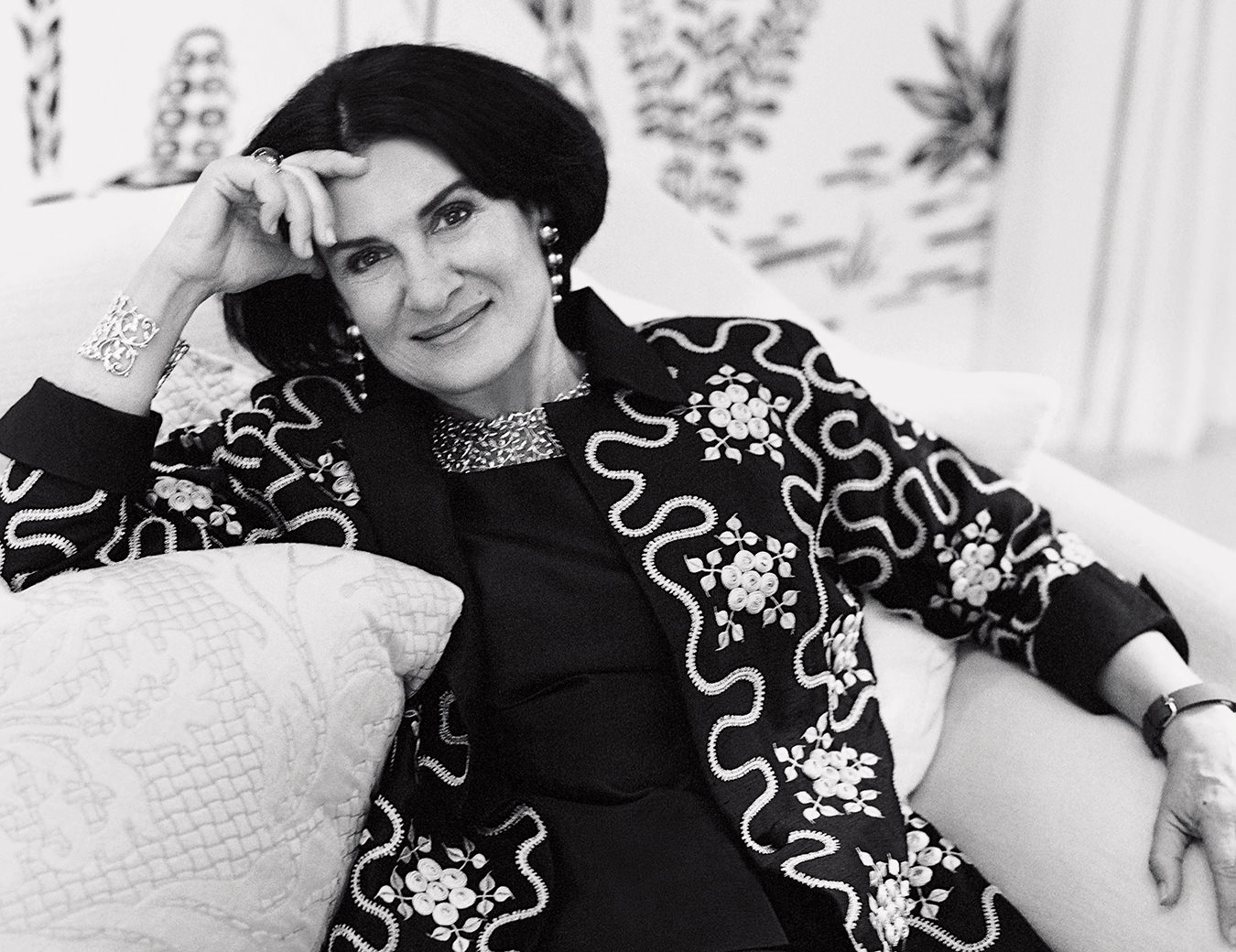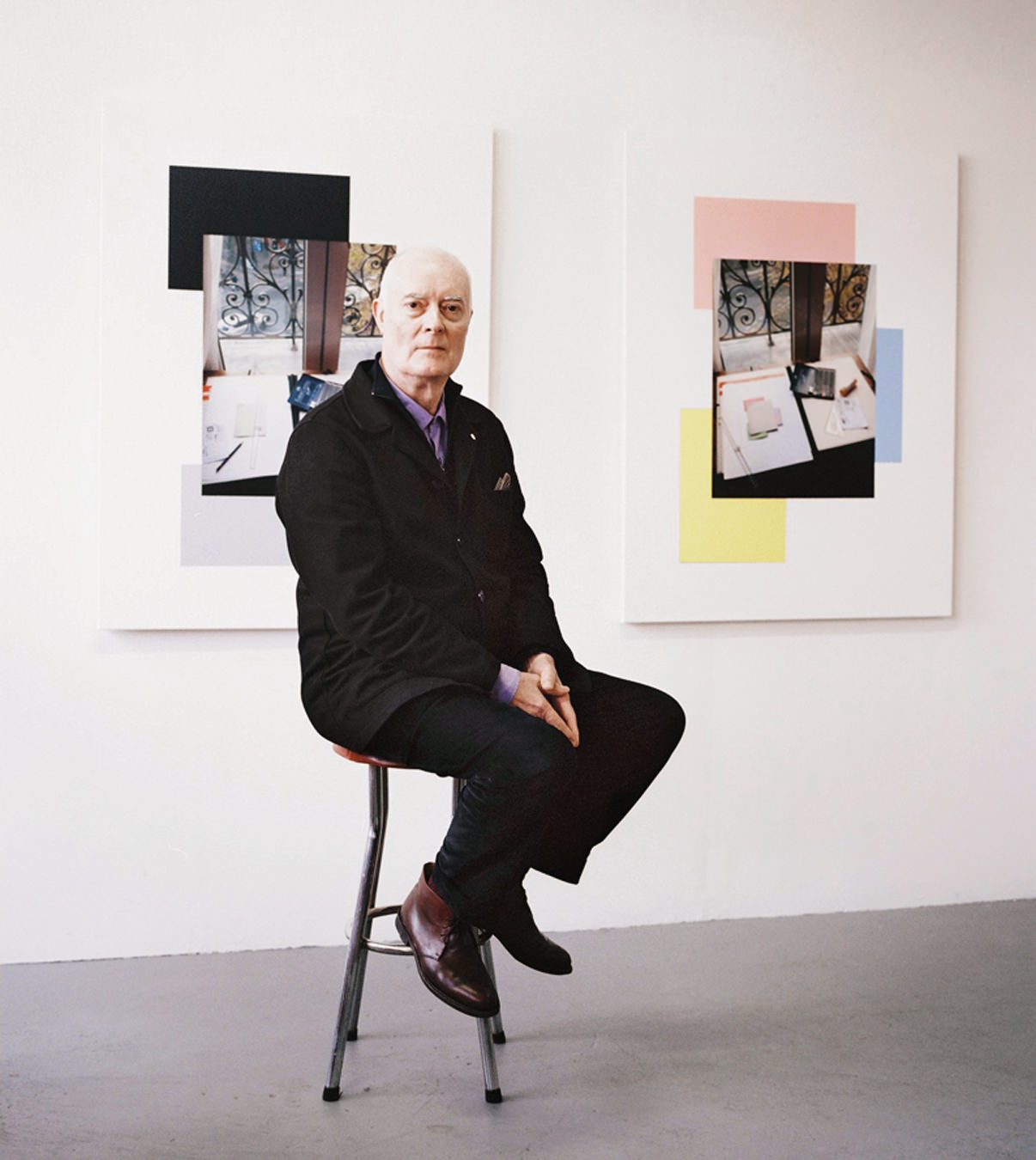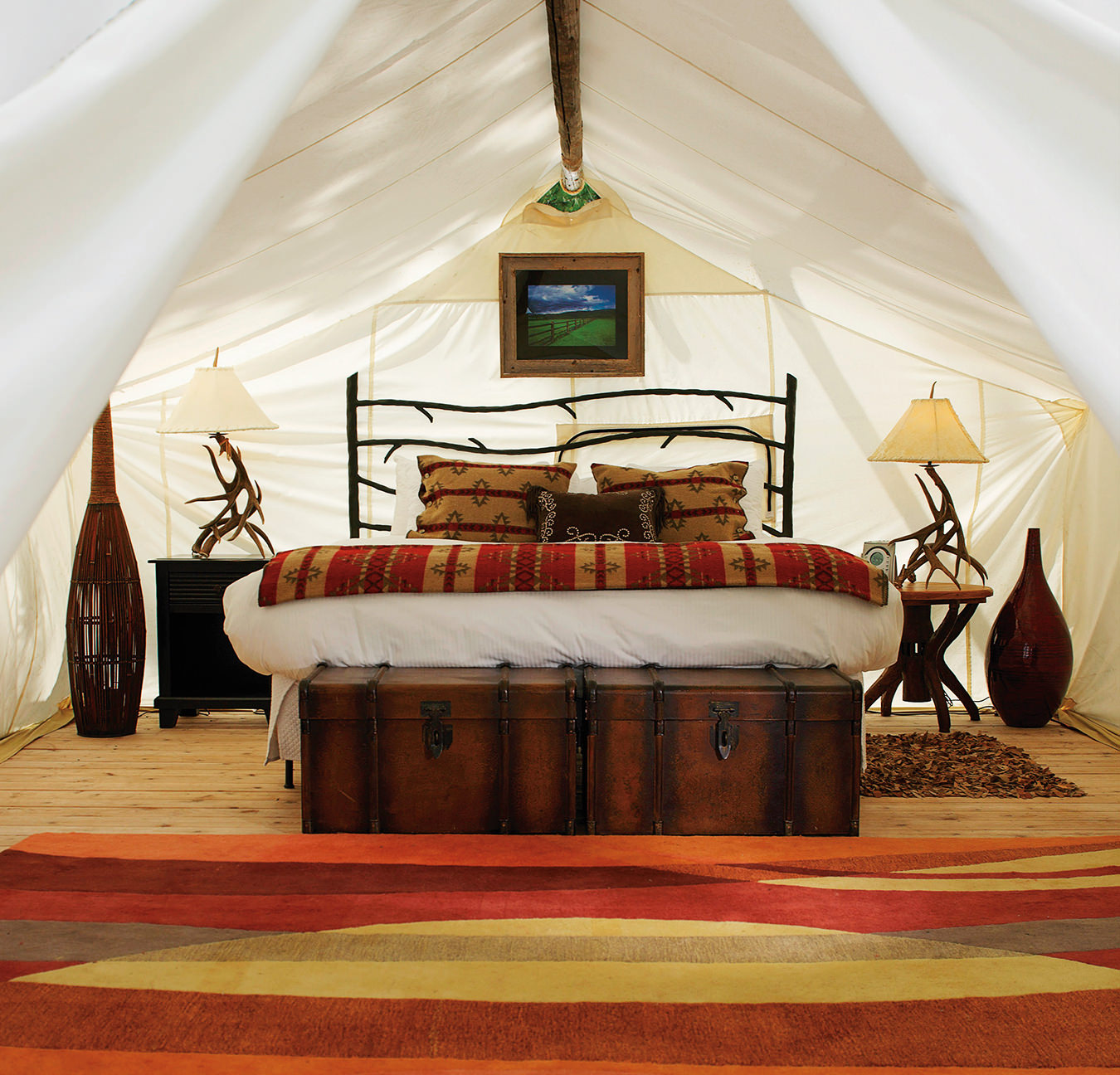How to Build Healing Spaces: An Interview With Gloria Alamrew
What makes a space healthy or inclusive? How can design help heal the soul? These were the questions being asked at Healing Spaces, a DesignTO panel discussion. The conversation was inspired by an upcoming essay in The Site magazine called “Black Healing in the Digital Space” by Edmonton-based writer Gloria Alamrew. In the piece, Alamrew talks about how design, architecture, and public spaces can be oppressive—and how in 2020, digital spaces have sprung up to offer a kind of safety and a place to heal.
Joining her on the panel was Dr. Sechaba Maape, an architect and senior lecturer at Wits School of Architecture and Planning in South Africa; Florence Yee, a visual artist; and Carey van der Zalm, architect and creative director of The Site. We sat down with Alamrew to talk about public space, inclusiveness, and building toward a better future.
Tell me more about the piece that kick-started this conversation. How did you approach the idea of healing?
I don’t even know if “healing” is possible. It’s hard to remove yourself from all the trauma we witnessed in 2020. But I was looking at it from the perspective of let’s talk about how public spaces aren’t safe for Black People. In the case of Ahmaud Arbery, you have a young Black man just going out for a jog. Or in the case of Christian Cooper, who was birdwatching in Central Park and you have this woman calling the police. Or the two Black men in the Starbucks who were arrested waiting for their friend. So I think of all these scenarios, and I asked, where are Black people safe? In architecture, we always talk about barrier-free and inclusive spaces, but who does that include? Who is it inclusive for? At its best, architecture can expand our imaginations and wow us and show us the capabilities of the human mind and spirit. But at its worst, it can be dangerous for people. I posited in the piece that if we’re really going to have this discussion, it is embedded in the way we design our cities and our schools. We’re keeping certain people out. And that’s why Black people have been forced to create our own spaces.
What are some examples of safe spaces that have been created this year?
After a year of the pandemic, we feel like strangers to the outside world now, and there’s a wariness to other people and other spaces. So digital spaces are important. And it can be something like Instagram accounts that are incredible testaments to Black art and creativity, photographers sharing images from the protests in Minneapolis—those are the places where you feel a community. Or a Zoom link to a yoga class where it’s just Black trans femme people participating, because that’s the one corner of the world where it’s safe. There is something really incredible in that, to be able to find your people in a digital medium.
What do you think designers and planners can do to design physical spaces that are safe and inclusive?
The No. 1 thing I would say is to be honest with themselves. I know there has been a lot of talk of abolitionist work and anti-racist work, and for non-marginalized people a lot of that can be difficult because it means reconciling with yourself. Architects and designers are not exempt from that. Creative minds can also be harmful minds. So if we’re going to design cities that are safe and healthy, we have to ask how have we not been doing that. We have to ask why schools are failing children, why schools in inner city neighbourhoods look different than schools in the suburbs. We have to ask ourselves why that is, and we have to be okay with the answers. We can strive to make beautiful buildings. But if we’re only putting beautiful buildings in certain neighbourhoods, then we’re not being inclusive.
What is the difference between “good design” and “safe or inclusive or healing design”?
A lot of architecture is focused solely on aesthetics. These buildings are very interesting to look at, some of them are very beautiful, but when I look at them I don’t feel connected to anything. But if we’re talking about healthy and inclusive and safe spaces, it’s as simple as asking, who is that place for, and is there buy-in from those people? Do people see themselves not just in the space but in every step along the way? When people know they’ve been included meaningfully, and know that their values have been included, and know that what they hold most sacred is quite literally built into a space, that’s what we should be calling good design.
Are there any good examples you can think of where this happened?
There’s a collective here in Edmonton called the Ociciwan Contemporary Art Collective and they just opened their centre last year. Unfortunately, because of the pandemic, it hasn’t had the grand opening it deserves. But that’s a space where the intent is clear. It’s to highlight and uplift and elevate Indigenous art. It’s a beautiful building, and it’s impressive that it’s one of the few places like that in Canada.
Assuming at some point we get to leave our houses again, what kinds of spaces are going to be important? What kind of design will be important?
There’s a lot of chatter about how COVID-19 is going to impact design and architecture. I get the feeling that space is going to be quite the commodity—social distancing is probably going to be around for a little while. But I see people wanting closeness. And maybe just smaller spaces that can hold fewer people. Especially for marginalized folks, the pandemic has been really hard. So I wouldn’t be surprised if community centres become important again. If you see groups of people pooling their money together and making small spaces for themselves, where they can always retreat, where they know it’s safe. So buildings might get bigger and people more spread out, but I’m hoping that there’s some sustainable way to get intimacy back in our lives in public design.




